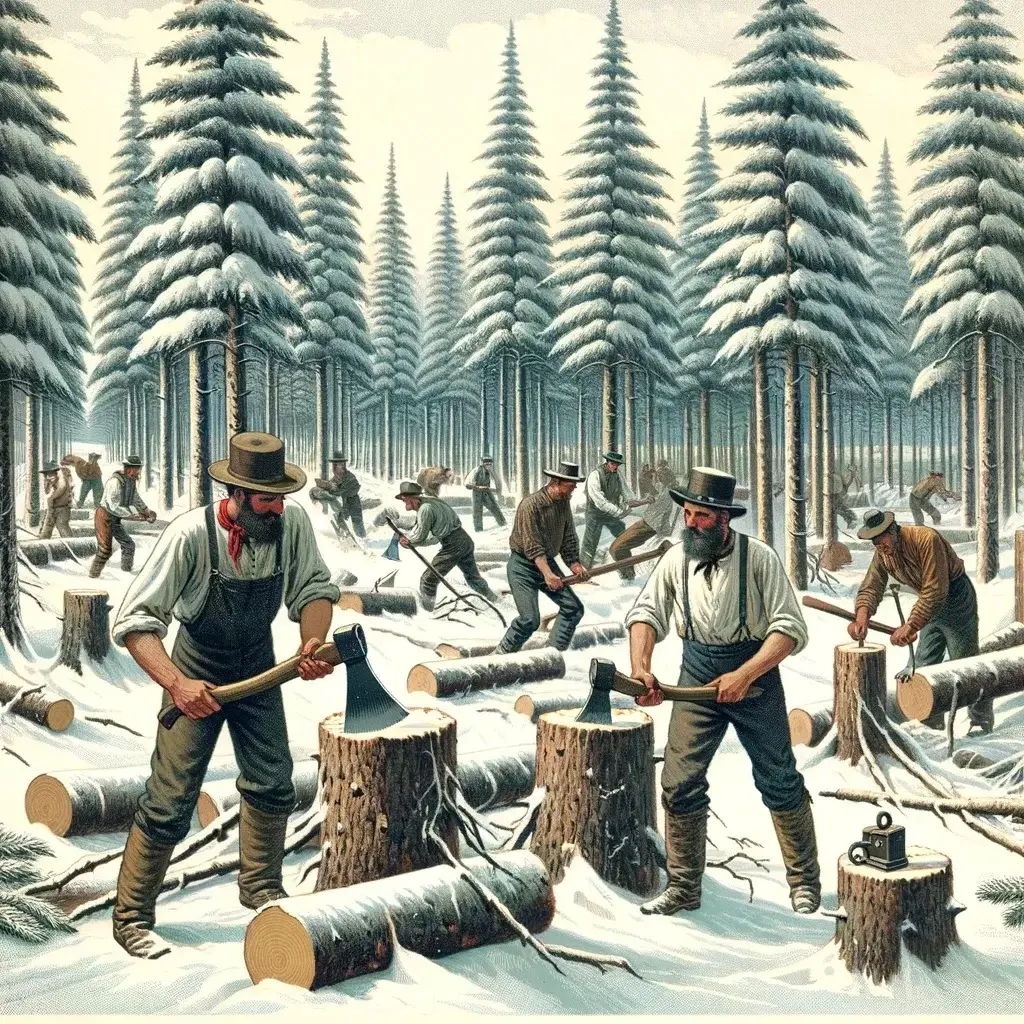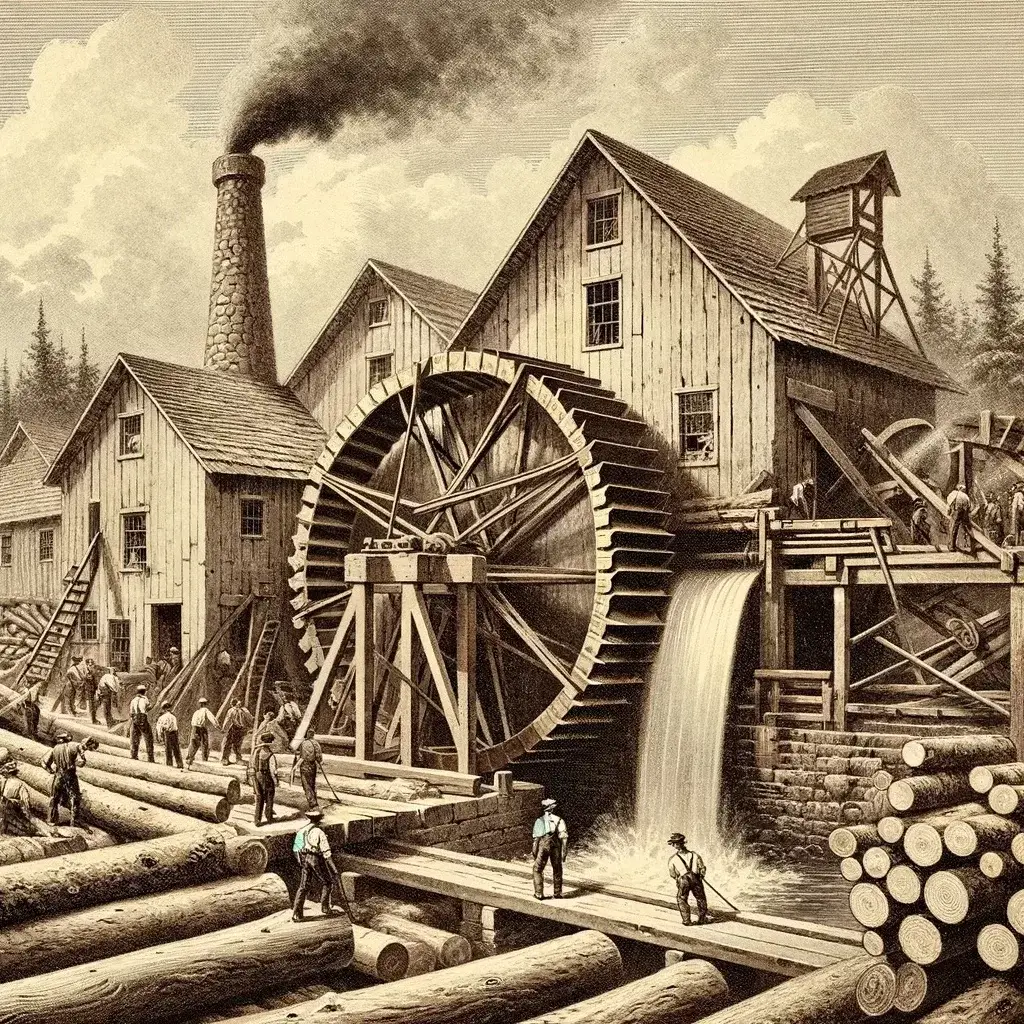The white pine tree, specifically the Eastern White Pine (Pinus strobus), stands as a towering testament to the natural and economic history of Michigan’s Upper Peninsula (U.P.). This blog post delves into the fascinating journey of the white pine, exploring its historic significance, uses, and impact on the local economies of the U.P., as well as its role in the national parks system today.
Historical Significance of White Pine
The Eastern White Pine has been a symbol of the American Northeast and the Great Lakes region for centuries. In Michigan’s Upper Peninsula, the white pine’s story intertwines with the area’s development and the broader history of the United States. Initially abundant, these trees covered vast tracts of the U.P., with some specimens reaching heights of over 200 feet, making them some of the tallest trees in the eastern North American forests.
The White Pine in Local Economies
The white pine played a pivotal role in the economic growth of the Upper Peninsula and the entire state of Michigan. In the 19th century, the U.P. experienced a logging boom that was largely driven by the demand for white pine lumber. This period marked a significant chapter in the region’s history, as the lumber industry became a cornerstone of the local economy. Towns sprouted up around sawmills, and the white pine helped fuel the expansion westward, as its wood was used to build homes, furniture, and ships.
Harvesting and Milling Practices
The harvesting and milling of white pine were labor-intensive processes that required skill and resilience. Loggers would fell the trees during the harsh winter months, using axes and crosscut saws. The logs were then transported to sawmills via rivers and lakes in dramatic log drives. At the sawmills, the logs were processed into lumber, a practice that became more efficient with the advent of steam power and later, electricity. The milling of white pine was not just an economic activity but a way of life that shaped the culture and identity of the Upper Peninsula.
Uses of White Pine Wood
White pine wood was highly valued for its quality, versatility, and durability. It was predominantly used for construction, especially for framing houses, due to its strength and ease of working. Additionally, white pine was sought after for making furniture, flooring, and molding because of its fine grain and resistance to warping. Its utility extended to shipbuilding, where its lightweight yet strong characteristics were ideal for masts and planking.
Historic Impact and Conservation
The relentless demand for white pine lumber led to extensive deforestation across the Upper Peninsula and other parts of the Great Lakes region. By the early 20th century, the once-abundant white pine forests had been drastically reduced. This environmental impact prompted conservation efforts and the establishment of national parks and protected areas to preserve what remained of these majestic forests. Today, the white pine serves as a symbol of conservation success, with efforts focused on sustainable management and reforestation ensuring that future generations can appreciate its beauty and historical significance.
Conclusion
The white pine tree is more than just a species of flora; it is a living monument to the Upper Peninsula’s history and heritage. Its story reflects the broader narrative of economic development, environmental impact, and the ongoing efforts to balance human needs with ecological preservation. As we walk through the national parks and forests of the Upper Peninsula, let us remember the legacy of the white pine and its enduring place in the heart of Michigan’s natural and cultural landscape.
This deep dive into the history, use, and impact of the white pine in Michigan’s Upper Peninsula highlights the tree’s significance not just to the local economy but also to the national parks system and conservation efforts. The white pine’s legacy is a poignant reminder of the interconnectedness of nature, economy, and history.



